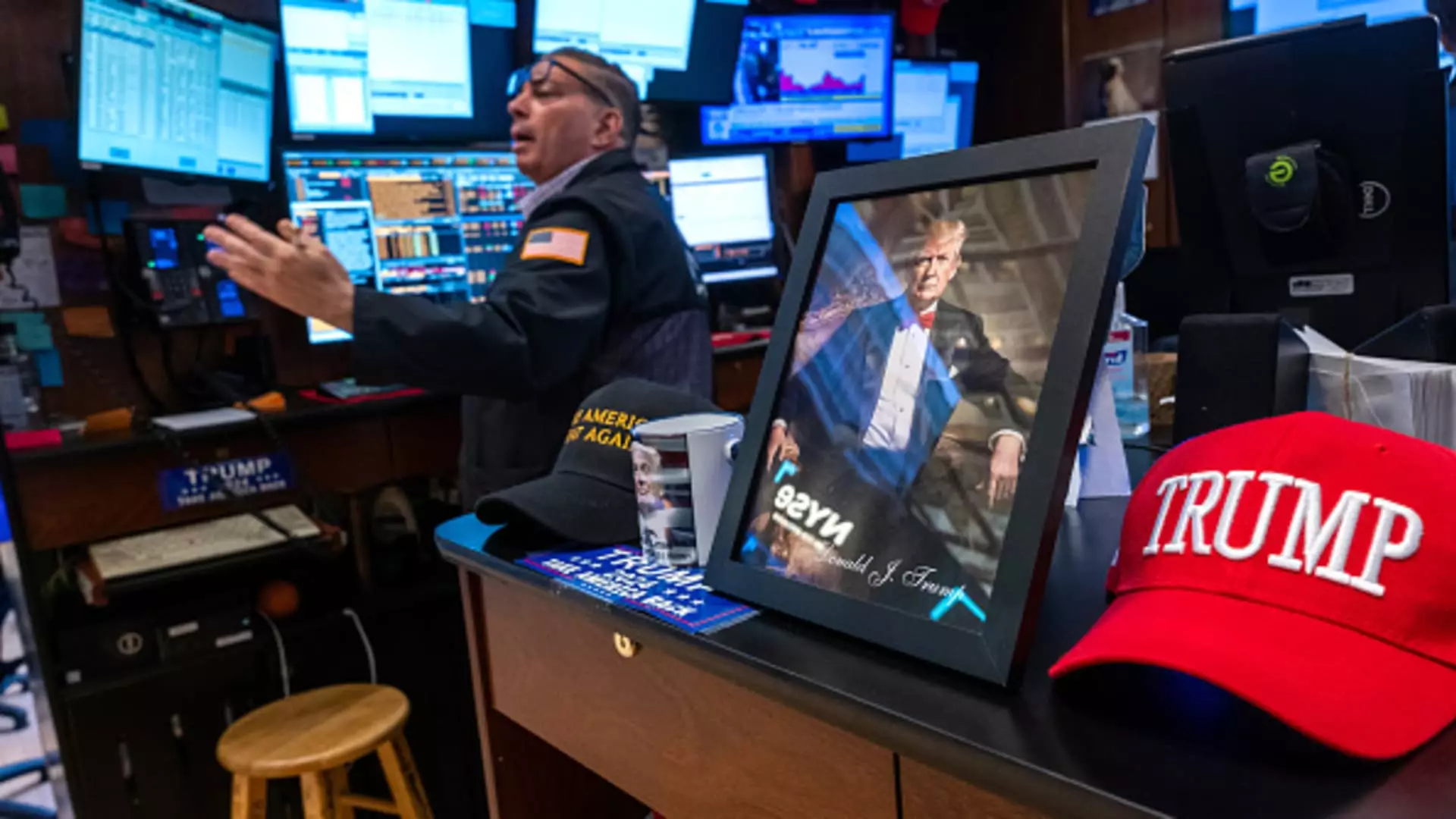In the midst of a stock market that often resembles a rollercoaster, where sharp declines can occur without warning, conversations about investment strategies continue to heat up among analysts and investors alike. The current political climate, characterized by trade wars and fluctuating economic indicators, has led to disquieting days for many within the financial sector. This volatility, particularly manifest during the Trump administration, offers a striking reminder of the market’s unpredictable nature but also underscores the merit of longevity in investment strategy.
Though the S&P 500 index faced notable dips—declining by 2% or more on multiple occasions from January 20 to June 6 of the Trump presidency—the annualized return remained a modest 1.58%. Such figures coax a bittersweet smile from those who have remained steadfast in their investments; the drawdown can hurt, but ultimately, staying the course offers smoother waters in the long run. As Cathy Curtis, a seasoned financial planner, wisely states, “Volatility doesn’t predict direction.”
Historical Context: The Case for Composure
When analyzing market behavior under various presidential terms, one must arrive at the undeniable conclusion that historical context shapes today’s investment climate. Under President Biden, for example, the S&P 500 boasted a phenomenal annualized return exceeding 34% in its early months. Contrastingly, the beginning of George W. Bush’s presidency was marked by an annualized loss around 12%, a stark reminder that even the most experienced investors can face adversity.
This juxtaposition emphasizes an invaluable lesson: markets are often subject to external variables far outside the control of individual investors. Thus, it becomes paramount to maintain a broader perspective. The stock market has generally trended upwards over the long term—almost consistently amplifying investor wealth. In fact, nearly every presidency since Jimmy Carter has yielded significant market appreciation. This understanding isn’t merely academic; it has real-world applications for the everyday investor who may find himself succumbing to panic amidst market turmoil.
The Illusion of ‘Timing the Market’
One of the most pervasive missteps among investors is the temptation to “time the market.” The lure of tactical movements during downturns can lead to impulsive decisions, often resulting in steep losses. Douglas Boneparth, another voice of wisdom in the financial community, asserts that chasing daily fluctuations is fraught with danger. Sharp declines can certainly test one’s resolve, but the history of market recoveries only underscores the folly of acting on impulse.
The temptation to sell during downturns can lead to missing out on the robust recoveries that frequently follow. As many seasoned investors understand, engaging in a reactive approach can become a recipe for long-term regret. The journey of investing is not merely about riding the peaks; it is equally about managing descent gracefully and with clarity.
Investing for the Future: A Commitment to Endurance
For those with an eye towards the future, the key to success often lies in the commitment to endurance and patience. Investors like Curtis routinely showcase data that suggests a $1,000 investment dating back to 1950 would have burgeoned to a staggering $3.8 million by June 6th of this year, exhibiting a testament to what staying committed can yield. This narrative echoes the age-old adage of sowing seeds for future harvests, reminding today’s investors that the fruit of diligence takes time to bear.
A robust long-term strategy encourages individuals to focus on the bigger picture while dismissing the distractions of immediate volatility. It is essential to remember that a well-constructed portfolio should withstand the trials of political upheaval and economic fluctuation.
In this investing landscape, where uncertainty often reigns supreme, a simplistic yet powerful principle becomes evident: patience, along with solid financial knowledge, invariably leads to growth. Ignoring the naysayers and cultivating an attitude of resilience sets the stage for enduring success, even amidst periods of extreme volatility. By understanding the underlying trends and committing to the journey, investors can weather the storm, emerge stronger, and ultimately achieve their financial goals.

